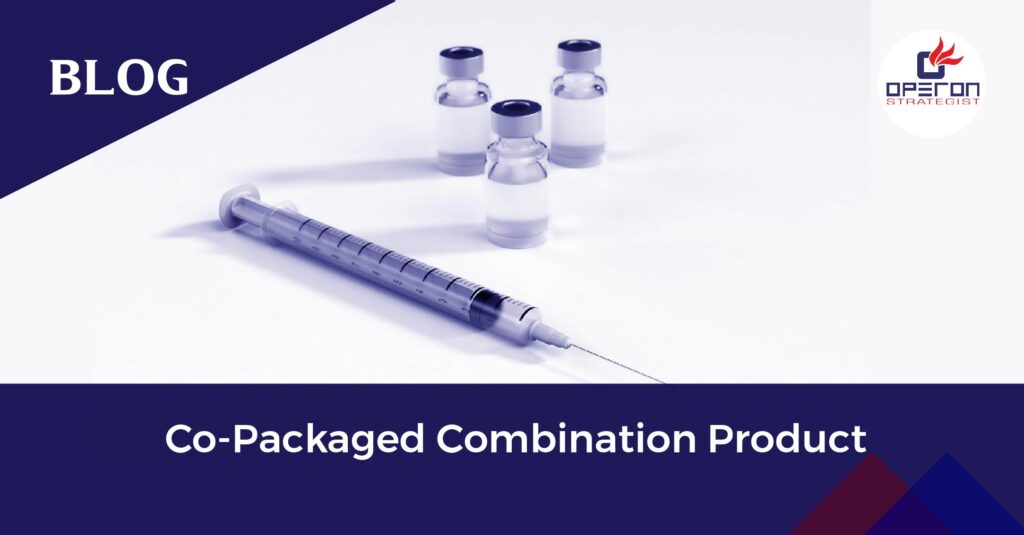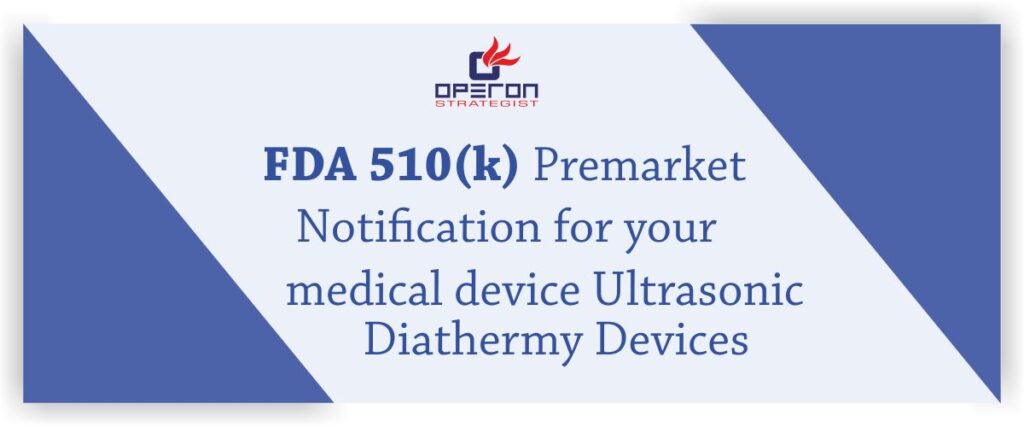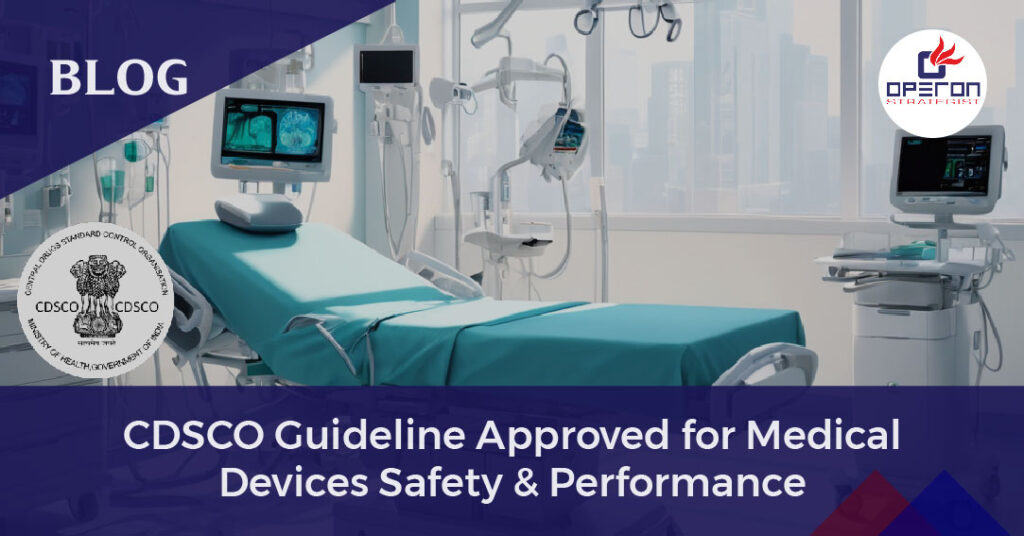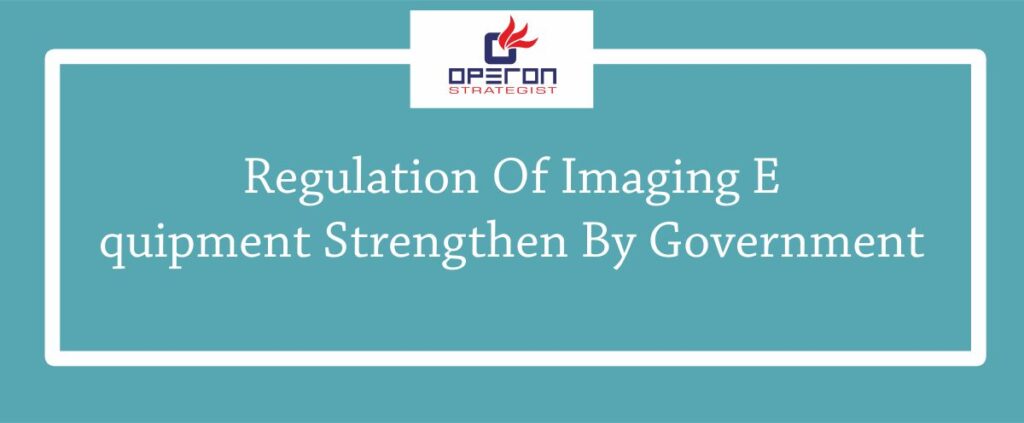Navigate Complex Drug-Device Regulations with Expert Support
Bringing a co-packaged combination product to market requires precise regulatory classification, documentation alignment, and compliance with both drug and device regulations. At Operon Strategist, we help manufacturers like you simplify this complex process and ensure your product meets all regulatory requirements in the USA (FDA), India (CDSCO), and global markets.
📩 Contact Us Today to begin your combination product compliance journey.
What is a Co-packaged Combination Product?
A co-packaged combination product consists of two or more individual components—such as a drug and a device—packaged together in a single unit but not chemically or physically combined. Delivery devices, bandages, and antibacterial swabs are all examples of device items. Understanding the regulations governing such a diverse range of devices can be difficult, hence drug companies frequently seek help from the device manufacturer /provider before filing.
Looking For Consultants?
Let’s have a word about your project
Examples of co-packaged combination products :
One example of a co-packaged combination product is an inhaler with filled drug cartridge, which combines two components, an inhaler device and a drug, into a single container.
- Drug with delivery mechanism, i.e. nebulizer, inhaler, dropper or syringe
- Convenience kits i.e., first aid kits or surgery kits
Previously, citing a specific device registration, such as a 510(k), was sufficient. Things have changed in recent years, with expectations extending far beyond a device’s Design History File. It’s important to think about how the device and medicine will work together as a “system.” Functionality, compatibility, and human factors testing must show that the technology and medicine operate together to produce a positive result.
For the co-packaged combination product manufacturer implement streamlined approach which include drug and device by demonstrating compliance with either drug CGMPs 21CFR part210and211 or Device QSR 21CFRpart 820 .To demonstrate the compliance manufacturer need to identify documents , many times manufacturer doesn’t know how to create documents for the same, here our expert team help them by providing guidance for the correct QSR.
The testing must account for the production and administration of a medicine using all of the intended components and resources. Any primary containment system components, such as vials and stoppers, as well as syringes, would fall under this category. When possible, testing should take into account the actual drug product, or the drug product plus diluent if a reconstitution step is required, and it should be done according to industry standards (ISO, USP, ASTM, etc.). However, not every device/drug combination may have a standard.
In this situation, testing should be intended to evaluate all essential characteristics of the medication production and distribution process, and should, if possible, be based on or reference an industry standard.
Devices are more important than ever before in many drug applications. A co-packaged combination product must be examined as a whole, not only as individual components, and testing that verifies successful drug administration will be required. West has the unique knowledge and skills required for creating and performing studies to support co-packaged combination products as a global device developer and producer as well as a contract analytical services provider.
Types of Combination Product
The table below was constructed to identify and define the nine various types of combo products available. A package that contains only medical devices is not a combination product. Furthermore, a product that consists solely of medications is not a combination product. Contact your Centre’s Product Jurisdiction Officer(s) if your product does not appear to satisfy one of the frequent instances below, or if you have questions about Forms 1571 and 365h about combination product categories.
| Type | Description | Common Examples |
| 1 | Convenience Kit or Co-Package Drug and device are provided as individual constituent parts within the same package | Convenience Kit or Co-Package Manufacturers of co-packaged combination products that have a device constituent part must set up and maintain methods for imposing CAPA in accordancewith 21 CFR 820.100. |
| 2 | Prefilled Drug Delivery Device/ System Drug is filled into or otherwise combined with the device AND the sole purpose of the device is to deliver drug | Prefilled drug syringe, auto-injectors, metered-dose inhalers, dry powder inhalers, nasal spray etc. |
| 3 | Prefilled Biologic Delivery Device/ System Biological product is filled into or otherwise combined with the device AND the only purpose of the device is to deliver biological product. | Vaccine or other biological product in a prefilled syringe, auto-injector, nasal spray, |
| 4 | Device Coated/ Impregnated/ Otherwise Combined with Drug Device has an additional function in addition to delivering the drug | Drug pills embedded with sensors, contact lens coated with a drug, drug-eluting stents, drug-eluting leads, condoms with spermicide, dental floss with fluoride |
| 5 | Device Coated or Otherwise Combined with Biologic Device has an additional function in addition to delivering the drug | Live cells seeded on or in a device scaffold, extracorporeal column with column-bound protein |
| 6 | Drug/Biologic Combination | Antibody-drug conjugates, progenitor cells combined with a drug to promote homing |
| 7 | Separate Products Requiring Cross Labeling | Light-activated drugs or biological products not co-packaged but labeled for use with a specific light source device |
| 8 | Possible Combination Based on Cross Labeling of Separate Products | Drug/biological product under development utilizes a device, but unclear whether the final product will require that the two be cross-labeled |
| 9 | Other Type of Part 3 Combination Product (e.g., Drug/Device/ Biological Product) Combination product not otherwise described | All 3 articles are combined in a single product (e.g., a prefilled syringe containing an antibody-drug conjugate), device to manufacture a biologic also includes a drug or biologic in the kit, or the product contains two different combination product types (e.g., Type 1 and Type 2 are provided together |
The term combination product means the medical devices that contain medicinal product as an integral part, so to apply correct regulation to those can be challenging . Manufacturing and selling of medical devices need extensive research in regulatory domain but it is not possible for every manufacturer . As a medical device regulatory consultant we guide them and provide regulatory services to make their road smooth.
Reference: https://www.fda.gov/media/90425/download
Regulatory Classification: FDA vs CDSCO
US FDA (21 CFR Part 3 & FD&C Act)
- Co-packaged products are regulated by the Office of Combination Products (OCP).
- Classification is based on Primary Mode of Action (PMOA).
- You may need to submit a Request for Designation (RFD) for clarity.
- Must comply with both 21 CFR Part 210/211 (Drugs) and 21 CFR Part 820 (Devices).
India CDSCO
- Governed by the Medical Device Rules (MDR), 2017 and New Drugs and Clinical Trial (NDCT) Rules, 2019.
- CDSCO requires clarity on whether the product is drug-led or device-led.
- Proper classification determines the regulatory path and licensing requirements.
Need help determining your product’s regulatory path? Let us assess your PMOA and provide strategic guidance.
Key Challenges in Co-Packaged Product Compliance
- Determining primary mode of action (PMOA)
- Harmonizing drug and device documentation standards
- Addressing usability engineering and human factors testing
- Managing dual QMS compliance (GMP + ISO 13485)
- Developing compliant labels and IFUs for combined use
- Navigating lengthy submission timelines without delays
Why Choose Operon Strategist?
- Global Regulatory Expertise – Experience with FDA, CDSCO, EU-MDR, and more
- Turnkey Solutions – From strategy to post-market support
- Multidisciplinary Team – Regulatory and quality experts
- Client-Centric Approach – Customized pathways for startups & enterprises
- Trusted Partner – 500+ successful projects across 12+ countries
We don’t just consult — we partner with you to get your product compliant, approved, and to market.
- adminhttps://operonstrategist.com/author/admin-2/
- adminhttps://operonstrategist.com/author/admin-2/
- adminhttps://operonstrategist.com/author/admin-2/
- adminhttps://operonstrategist.com/author/admin-2/




